

Surrounded by seas blessed with a rich diversity of marine life, seafood has always been at the heart of Japan’s food culture and like the culinary techniques used to prepare it, the flavours of Sake have evolved to match.
It may be common practice to pair seafood with white wine and or light red wines, but in fact, it is Sake that provides the best match. Recent studies have revealed that the iron and sulphuric acid (an antioxidant) present in many wines can cause and even amplify fishy aromas. Sake contains no such antioxidants, and iron levels are close to zero, but Sake’s real trump card is that it is high in amino acids, which can enhance the umami in seafood.
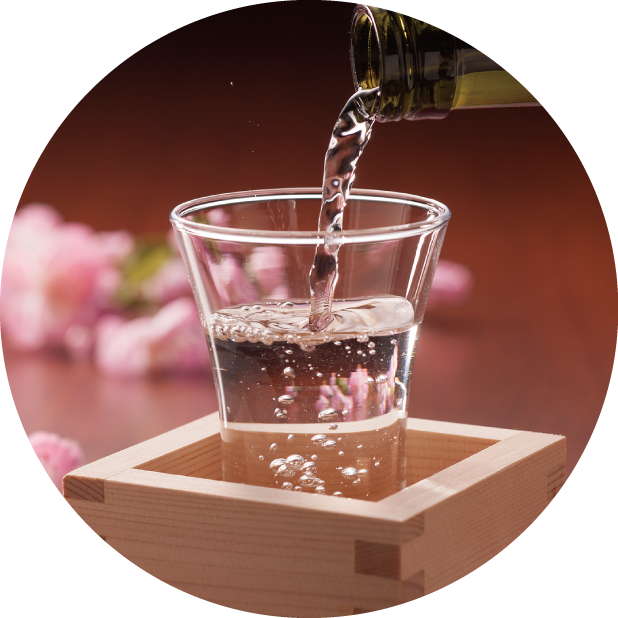
The ability of Sake to suppress fishy odors and enhance umami scientifically substantiates its strong affinity with seafood.
The iron and sulphuric acid (an antioxidant) present in white wine react with the fatty acids in seafood causing fishy odors.
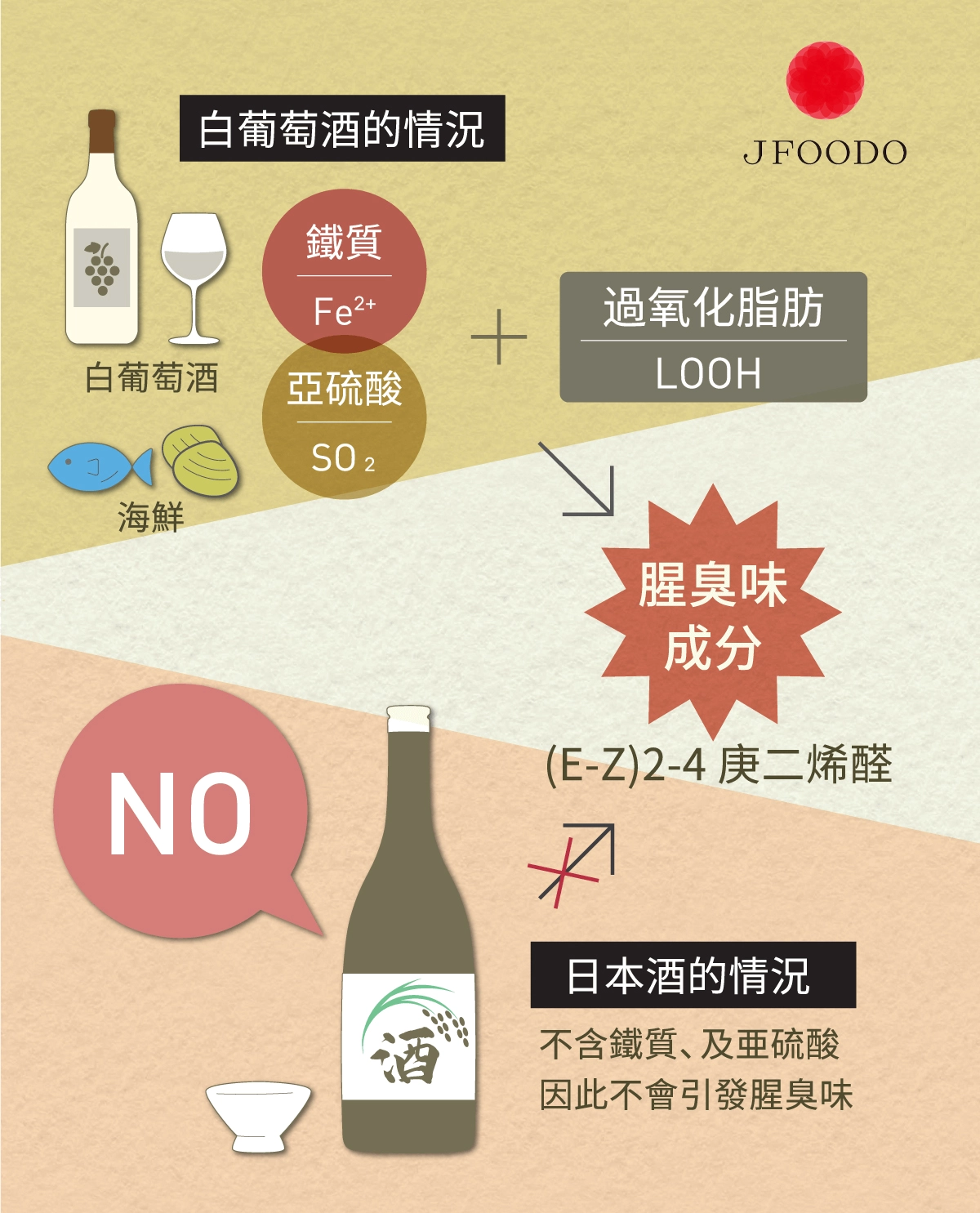
Sake blocks the receptors in the nose that detect fishy odors.
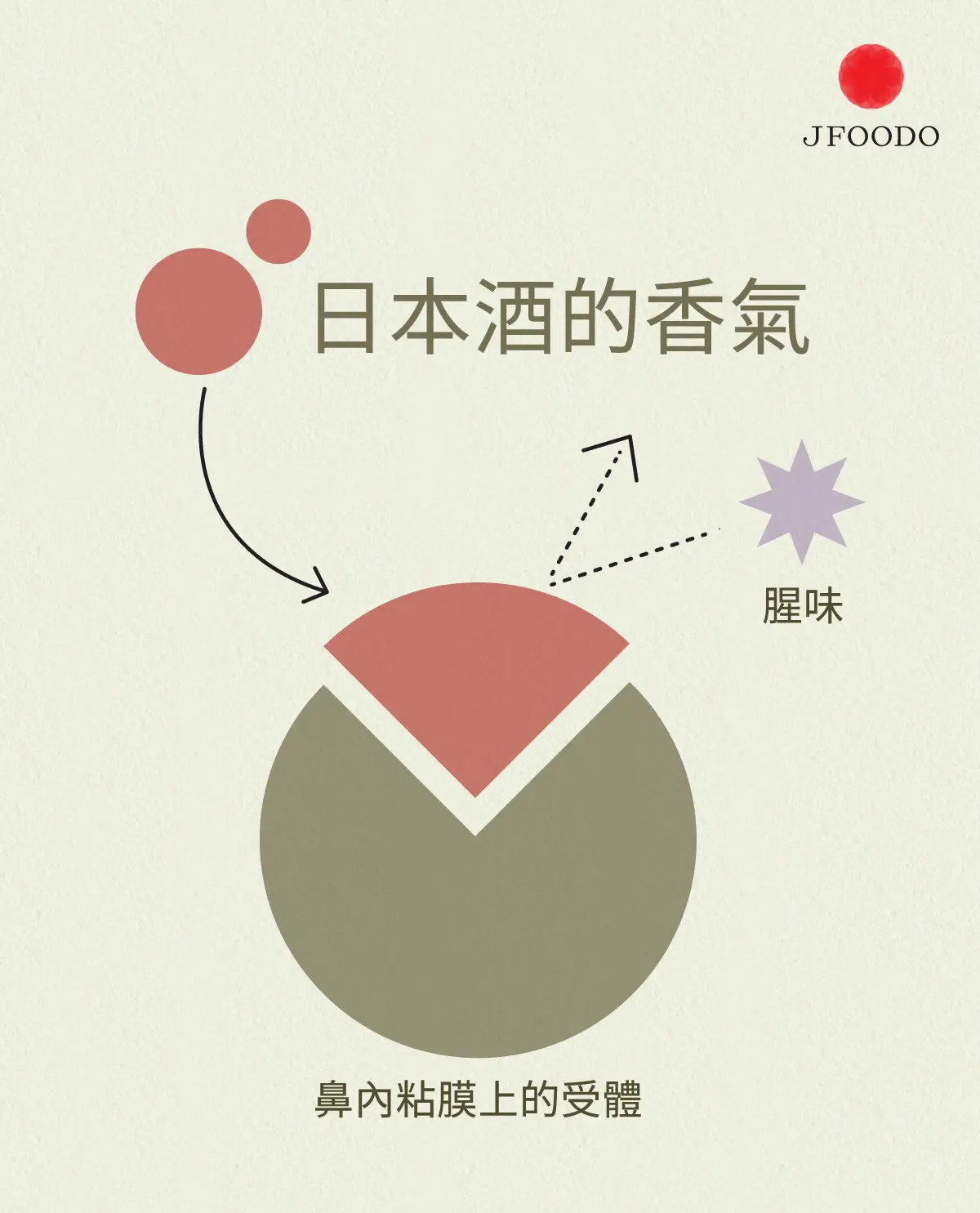
Sake is not made from the same kind of rice as used in Japan’s staple diet. Instead, special sakamai (brewer’s rice) is used, and this is what forms the basis of the umami (taste) of the Sake. With larger grains than those served at the dinner table, this rice is characterised by having low levels of protein and fats, which can ruin the flavour or aroma of Sake. There are over a hundred varieties of sakamai, a few notable ones of which are Yamada Nishiki and Gohyaku Mangoku.
Blessed with bountiful nature, Japan is a country full of fresh, bubbling springs of gentle, tasty water. This is another reason for its delicious Sake. In actual fact, Sake is 80% water, and much is used not only during fermentation and to adjust the alcohol content but also when washing and soaking the raw ingredients. As the saying goes, “A place with fine water produces fine Sake”, testament to the importance of tasty water is in Sake brewing.
Sugar is needed to create alcohol. Grapes, for example, the raw ingredient of wine, contain natural sugars and so can be fermented into alcohol using a single fermentation process involving adding yeast. However, rice contains no sugar so cannot be fermented on its own. To make Sake, a process called ‘multiple parallel fermentation’ is used, which is unique to the world. At first, yeast is added to convert the starch in the rice into sugar in a ‘sugarizing’ process. This results in a koji (malt). In parallel to this, yeast is added to the sugar to turn it into alcohol by fermentation. This is what creates the rich umami.
Umami is the most important element of Sake flavour. Amino acids are the basis of this umami, and Sake contains many times more amino acids than beer or wine. The sakamai does not originally contain these acids, but rather produces them in great quantities in the complex and unique fermentation process used to brew Sake. The volume of amino acids influences the strength of the Sake’s flavour. This in turn enhances the flavours of food with which it is shared, helping to make meals even more delicious.
Sake basically comes in four types - one a deeply fragrant and slightly citrus-tasting ‘aromatic’, another being ‘smooth and refreshing’ with a clean aroma, then there’s a ‘rich’ type with a strong, full umami, and lastly an ‘aged’ type characterised by its dry, grassy, nutty fragrance and lingering umami. But the ‘sparkling’, a dazzlingly refreshing carbonated addition to the above types shouldn’t be overlooked either. In more recent years a naturally sparkling type has also been developed and which is growing in popularity. Utilising secondary fermentation that takes place within the bottle itself, the Sake’s umami can be more directly savoured. Selecting the Sake that best suits your meal will further heighten the delicious synergy between food and drink.
Enjoy a Drink, Earn Exclusive Rewards!
From now until November 30, 2025, simply follow JFOODO's official social media accounts (Instagram or Facebook) to receive a FREE glass of Japanese sake or a sake cocktail — on us!
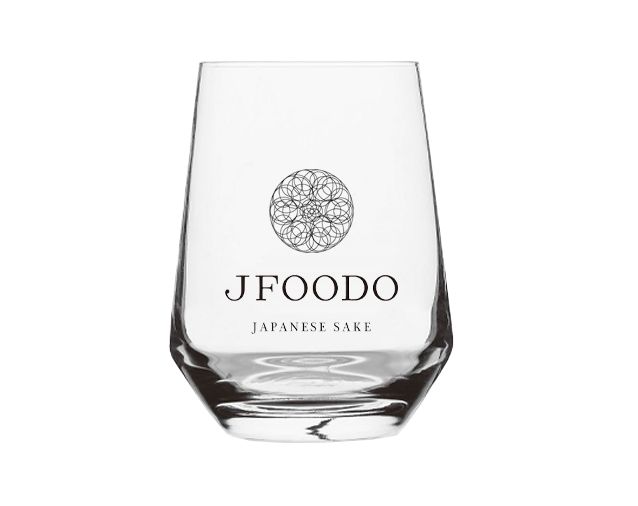
Complete a short online survey and receive a JFOODO limited‑edition glass as a thank‑you gift!
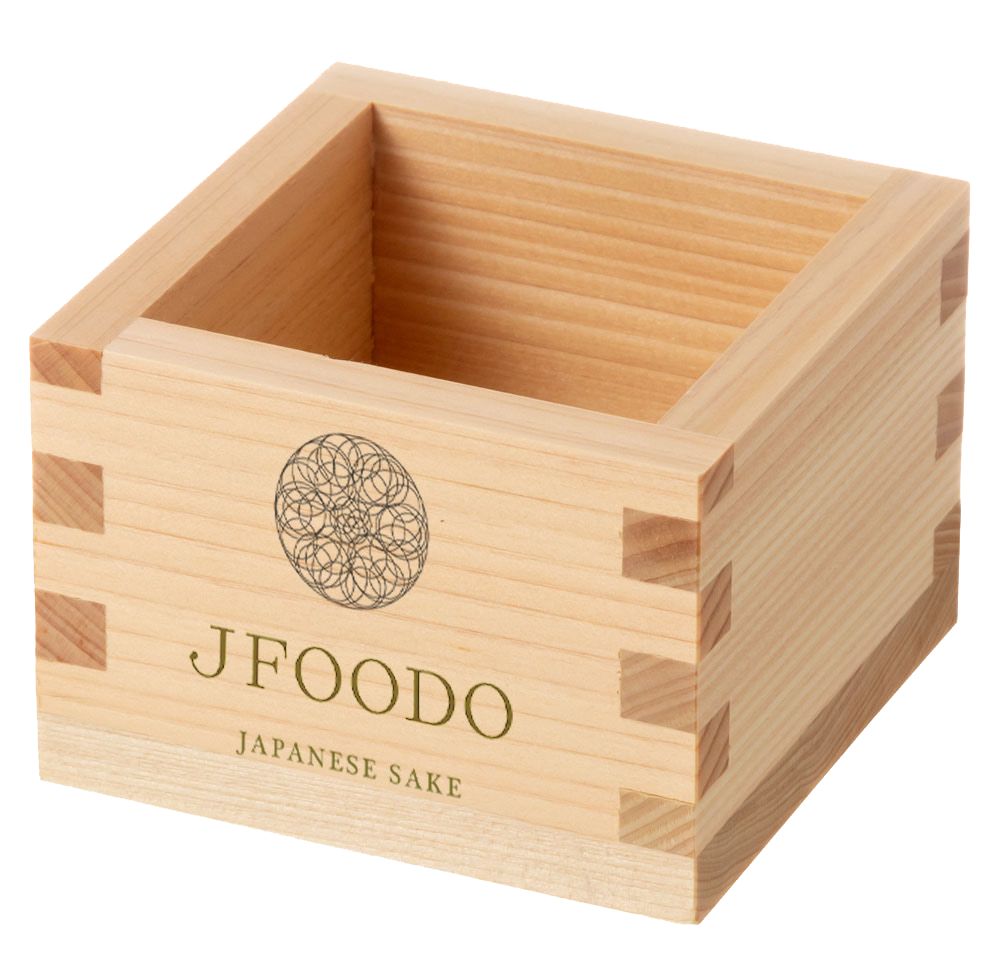
Post a photo taken during your sake tasting experience at any participating restaurant or bar, then:
You'll receive an exclusive JFOODO wooden masu cup as an additional reward!
📅 How to Participate: Now – November 30, 2025 (subject to participating restaurant schedules)
How to Participate:
🎁 Gifts are available while supplies last — first come, first served!
JFOODO SAKE. 2025
From October to December 2025, JFOODO will collaborate with multiple local distributors of Japanese sake in Hong Kong to host a series of promotional events. These campaigns aim to introduce a brand-new pairing concept — “Chinese Cuisine × Japanese Sake” — across various Chinese restaurants and bars. In addition, free tasting sessions will be offered to bring Hong Kong diners a diverse and innovative dining experience.